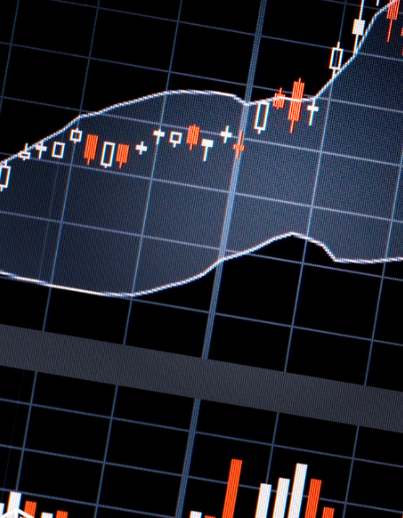How Central Banks Influence the Gold Market

Gold has always held a unique place in the global financial landscape. It’s seen as a store of value, a hedge against inflation, and an essential asset for central banks worldwide. While market dynamics, such as supply and demand, play a role in determining gold prices, central bank policies and macroeconomic factors often have an equally significant impact.
Central banks are crucial players in the gold market, and their actions can drive gold prices up or down. Here, we will dive into how central banks influence the gold market, why they hold substantial gold reserves, and what investors need to know.
The Role of Central Banks in Gold Reserves
As of 2024, central banks globally hold over 35,000 metric tonnes of gold, which accounts for nearly 20% of all the gold ever mined. This reserve amounts to over $3.6 trillion at a price of $3,000 per ounce.
So, why do central banks maintain such substantial gold reserves?
- Currency Stability: Gold acts as a safeguard for a nation’s currency, especially during times of financial instability.
- Diversification: It offers a buffer against the volatility and devaluation risks associated with fiat currencies like the US dollar.
- Public Confidence: A strong gold reserve fosters trust in a country’s economic resilience, reassuring the public and investors about financial stability.
Central Bank Buying and Selling: Impact on Gold Prices
Central banks’ buying and selling activities can significantly influence the gold market. In recent years, countries like China and India have ramped up their gold purchases, creating upward pressure on gold prices, which have consistently reached new highs.
When central banks decide to purchase gold, it’s often due to concerns about currency stability, inflation, or geopolitical risks. These actions often signal to market participants that gold is a reliable asset, driving demand and pushing prices higher.
Conversely, there have been periods where central banks have sold off their gold reserves, such as during the 1999–2002 Central Bank Gold Agreement, leading to a decrease in gold prices as supply increased.
The Relationship Between Gold Prices and Interest Rates
Gold doesn’t generate income like stocks or bonds, making it a non-yielding asset. Therefore, the opportunity cost of holding gold is directly related to interest rates.
When interest rates are low, the opportunity cost of holding gold decreases, making it a more attractive investment compared to yield-bearing assets like bonds or savings accounts. This can drive up the demand for gold, pushing its price higher.
On the other hand, when interest rates rise, the cost of holding gold increases, which can lead to lower demand and a decline in gold prices. Central banks, particularly the US Federal Reserve, have a massive influence on gold prices through their monetary policy decisions. A dovish stance (lowering interest rates) often leads to higher gold prices, while a hawkish stance (raising interest rates) typically puts downward pressure on gold prices.
How Inflation and Monetary Policy Impact Gold Prices
Central banks manage monetary policy to control inflation and stabilize their economies. Gold is widely regarded as a hedge against inflation, so any action taken by central banks to manage inflation directly affects gold prices.
For instance, when central banks tighten monetary policy to curb inflation, it can reduce the demand for gold. In contrast, when central banks engage in aggressive quantitative easing (QE) or devalue their currency, gold prices typically rise. Historical examples, like the periods from 2008–2011 and 2020–2022, show that expansive monetary policy can lead to significant surges in gold prices as investors flock to gold to preserve their wealth.
The Connection Between Gold and the US Dollar
Gold is priced primarily in US dollars, so fluctuations in the value of the dollar can influence gold prices. When the dollar weakens, it becomes cheaper for foreign investors to purchase gold, boosting global demand and driving prices higher. Conversely, a stronger dollar tends to push gold prices down.
Central banks, particularly in emerging markets like China and India, also adjust their gold reserves to hedge against currency risks and fluctuations in the value of the dollar.
Conclusion
Central banks are central to the global gold market. Their actions—whether through buying or selling gold, setting monetary policy, or influencing currency markets—play a significant role in shaping the supply and demand for gold, thus impacting its price.
For investors, understanding how central banks operate and their influence on the gold market is crucial. Keeping an eye on central bank statements, monetary policies, inflation trends, and gold reserve reports can help you make more informed decisions about investing in gold.
By staying informed about these macroeconomic factors, you can better anticipate gold price movements and adjust your investment strategy accordingly.




